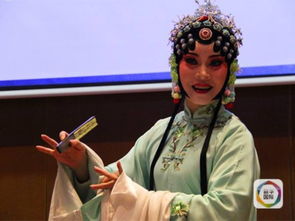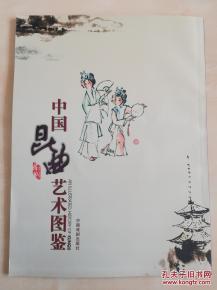昆曲观后感英语,有关昆曲的英语作文 赶紧的 现在要
推荐文章
昆曲观后感英语目录
As an AI language model, I do not have personal feelings or experiences. However, I can provide a sample of a possible reflection on Kunqu opera:。
。
After watching Kunqu opera, I was amazed by the beauty and complexity of this traditional Chinese art form. The performers' movements, gestures, and facial expressions were so precise and graceful that they transported me to another time and place.。
。
I was also impressed by the music, which combined traditional Chinese instruments with delicate singing and speaking. The melodies were both haunting and enchanting, and the lyrics were full of poetic imagery and symbolism.。
。
Despite the language barrier, I was able to understand the emotions and themes of the stories depicted on stage. Love, loyalty, and sacrifice were recurring motifs, and I was deeply moved by the characters' struggles and dilemmas.。
。
Overall, Kunqu opera is a true masterpiece of Chinese culture, and I feel grateful for having the opportunity to experience it firsthand."。
说昆曲或者评弹的英语文章

Kunqu, also known as Kunju, Kun opera or Kunqu Opera, is one of the oldest extant forms of Chinese opera. It evolved from the Kunshan melody, and dominated Chinese theatre from the 16th to the 18th centuries.
---------
Kunqu boasts a 600-year history and is known as the "teacher" or "mother" of a hundred operas, because of its influence on other Chinese theatre forms, including Jingju. Its emergence ushered in the second Golden Era of Chinese drama, but by the early twentieth century it had nearly disappeared.
One of the major literary forms of the Ming and Qing dynasties was chuanqi drama, originating from the South. Plays that continue to be famous today, including The Peony Pavilion and The Peach Blossom Fan, were originally written for the Kunqu stage. In addition, many classical Chinese novels and stories, such as Romance of the Three Kingdoms, Water Margin and Journey to the West were adapted very early into dramatic pieces.
Today, Kunqu is performed professionally in seven Mainland Chinese cities: Beijing (Northern Kunqu Theatre), Shanghai (Shanghai Kunqu Theatre), Suzhou (Suzhou Kunqu Theatre), Nanjing (Jiangsu Province Kunqu Theatre), Chenzhou (Hunan Kunqu Theatre), Yongjia County/Wenzhou (Yongjia Kunqu Theatre) and Hangzhou (Zhejiang Province Kunqu Theatre), as well as in Taipei. Non-professional opera societies are active in many other cities in China and abroad, and opera companies occasionally tour.
Kunqu was listed as one of the Masterpieces of the Oral and Intangible Heritage of Humanity by UNESCO in 2001. Its melody or tune is one of the Four Great Characteristic Melodies in Chinese opera.
有关昆曲的英语作文 赶紧的 现在要

是发源于14、15世纪苏州昆山的曲唱艺术体系,揉合了唱念做表、舞蹈及武术的表演艺术。
现在一般亦指代其舞台形式昆剧。
昆曲以鼓、板控制演唱节奏,以曲笛、三弦等为主要伴奏乐器,主要以官话为唱说语言。
昆曲在2001年被联合国列为“人类口述和非物质遗产代表作”。
Kunqu originated in the 14th and 15th century. It is an art form of Kunshan of Suzhou, mixed with singing, dancing and martial arts. Generally it also refers to performing art called Kunju. It utilises drums, wooden, boards to control singing rhythm. The Kun flute, three stringed violins as main accompaniment instruments. The Zhongzhou dialect is used as lyrics and speaking language. In 2001, Kunqu opera is identified as "human oral and non-material heritage representative work" by UNESCO.
